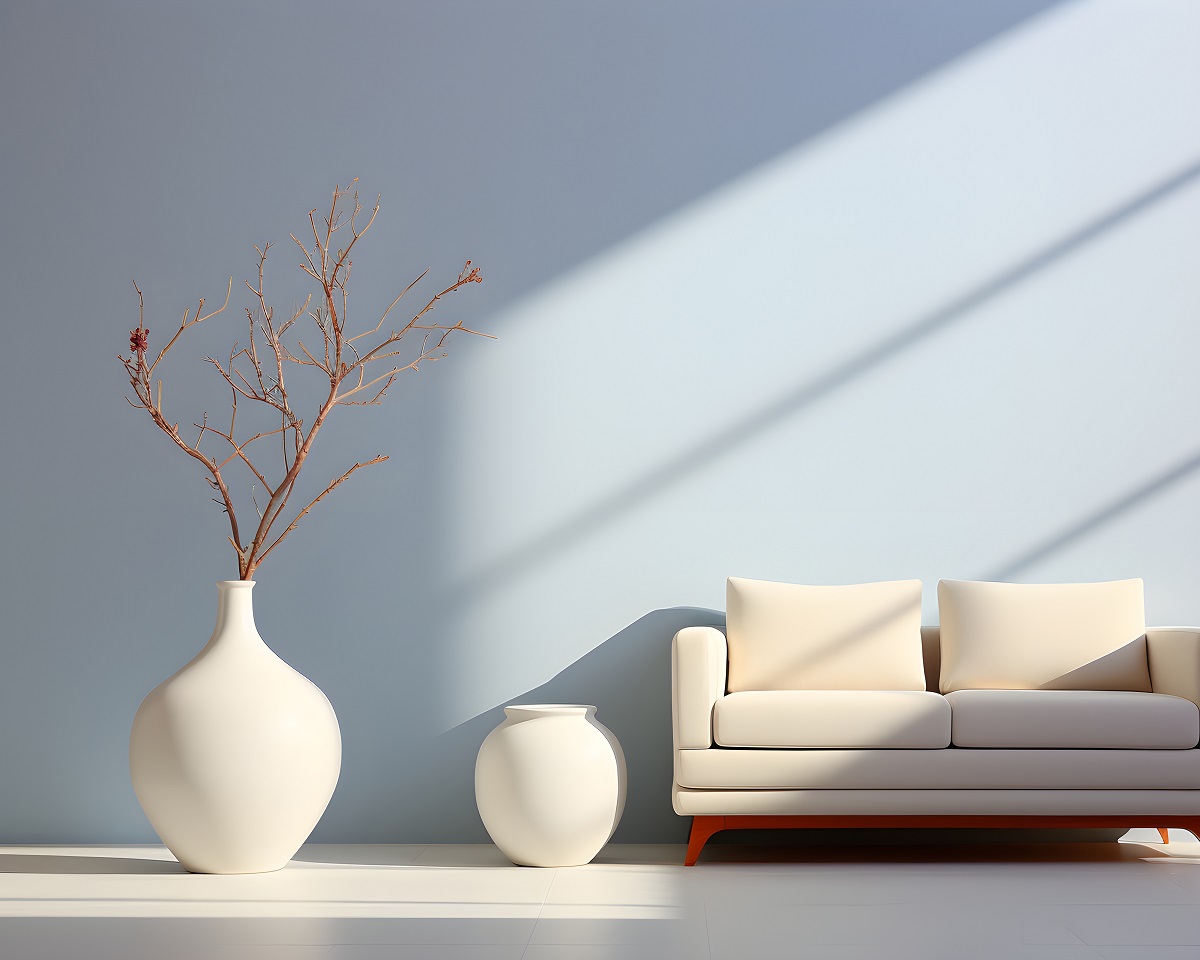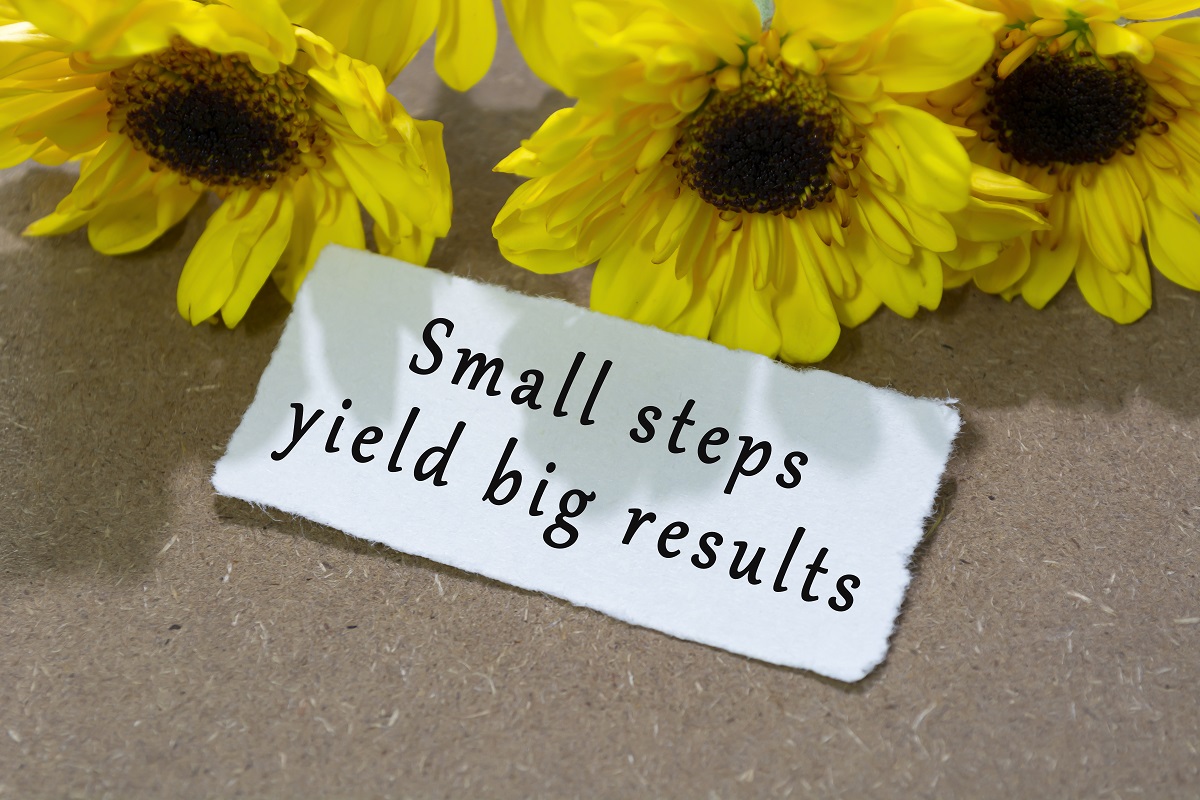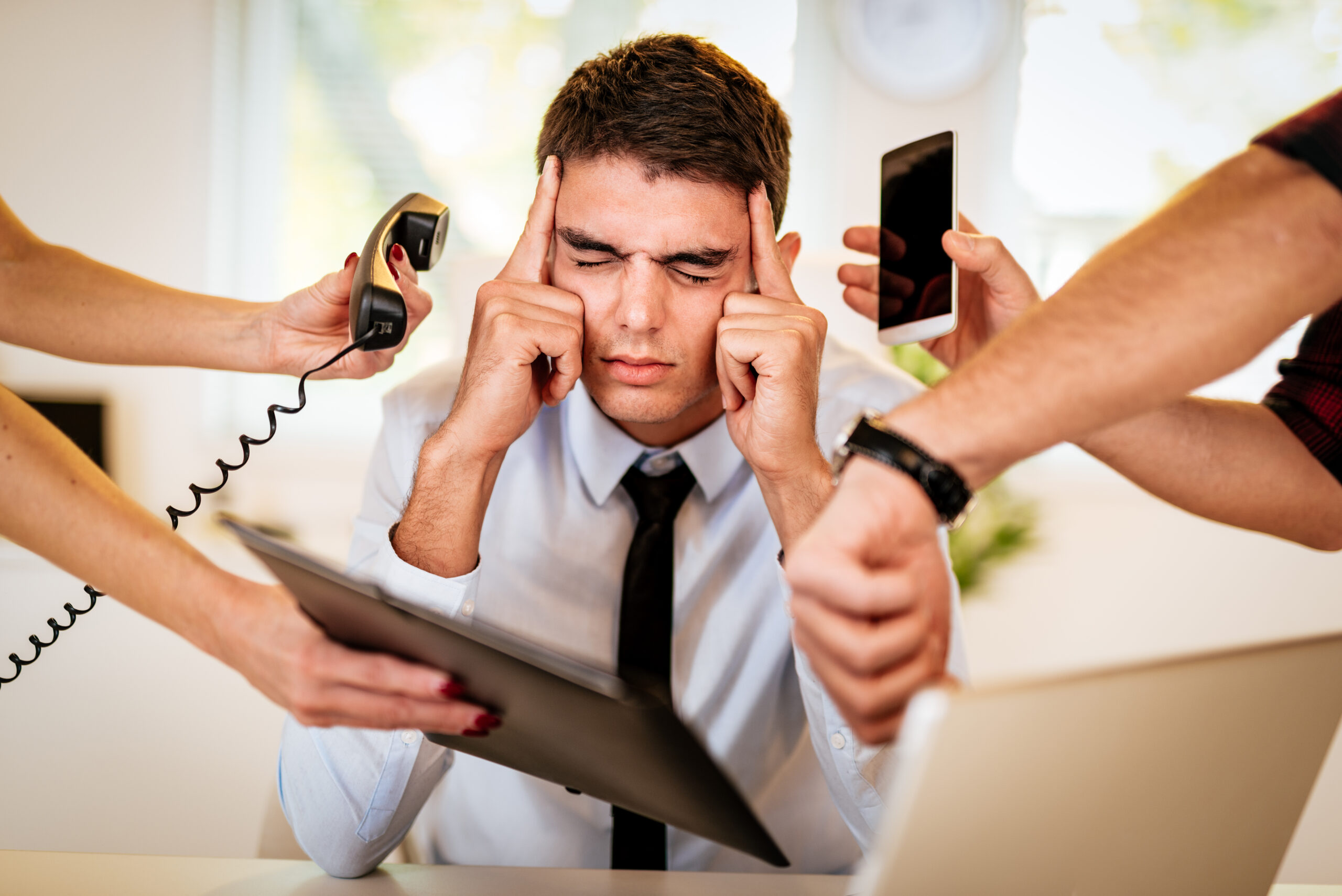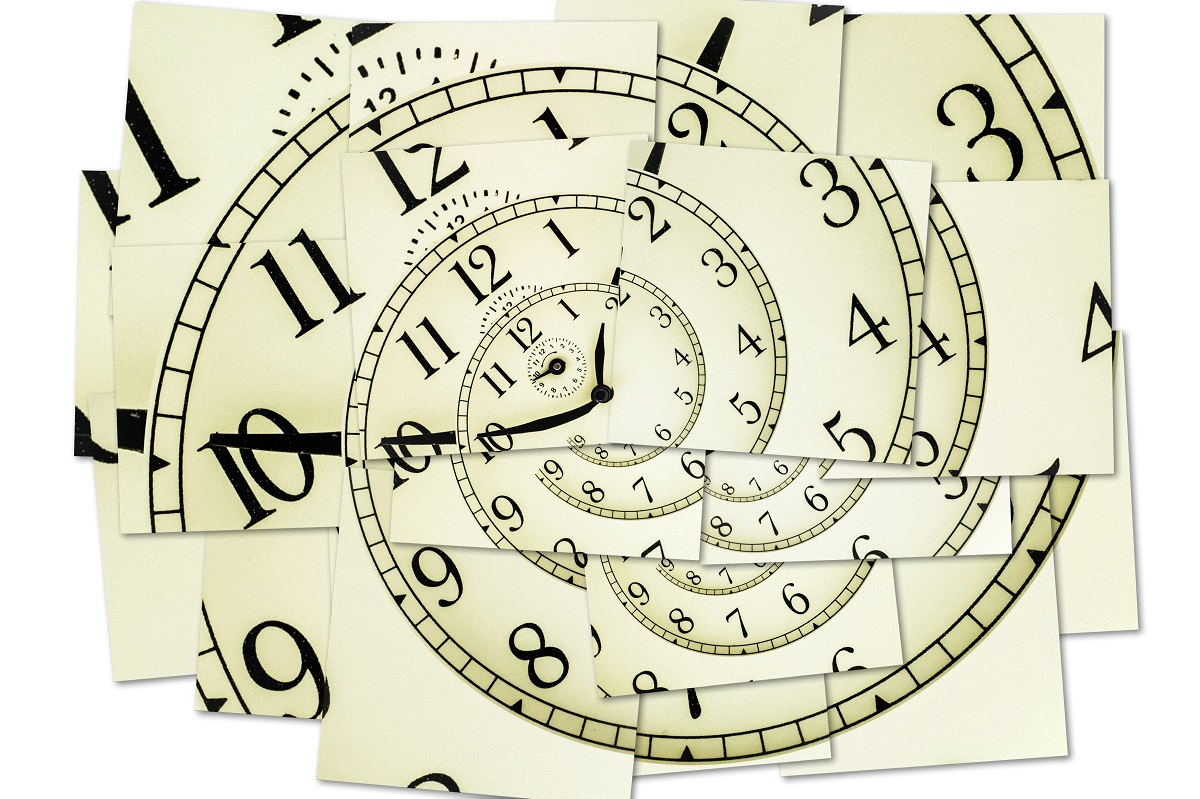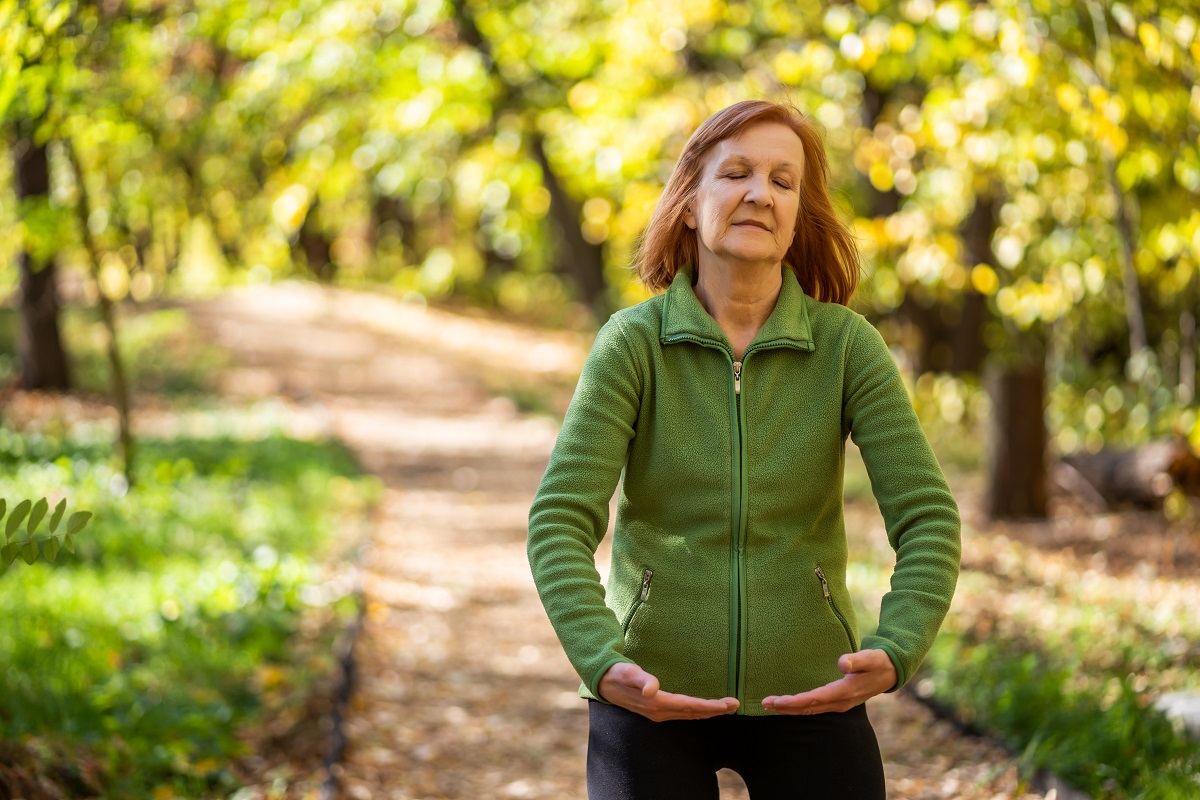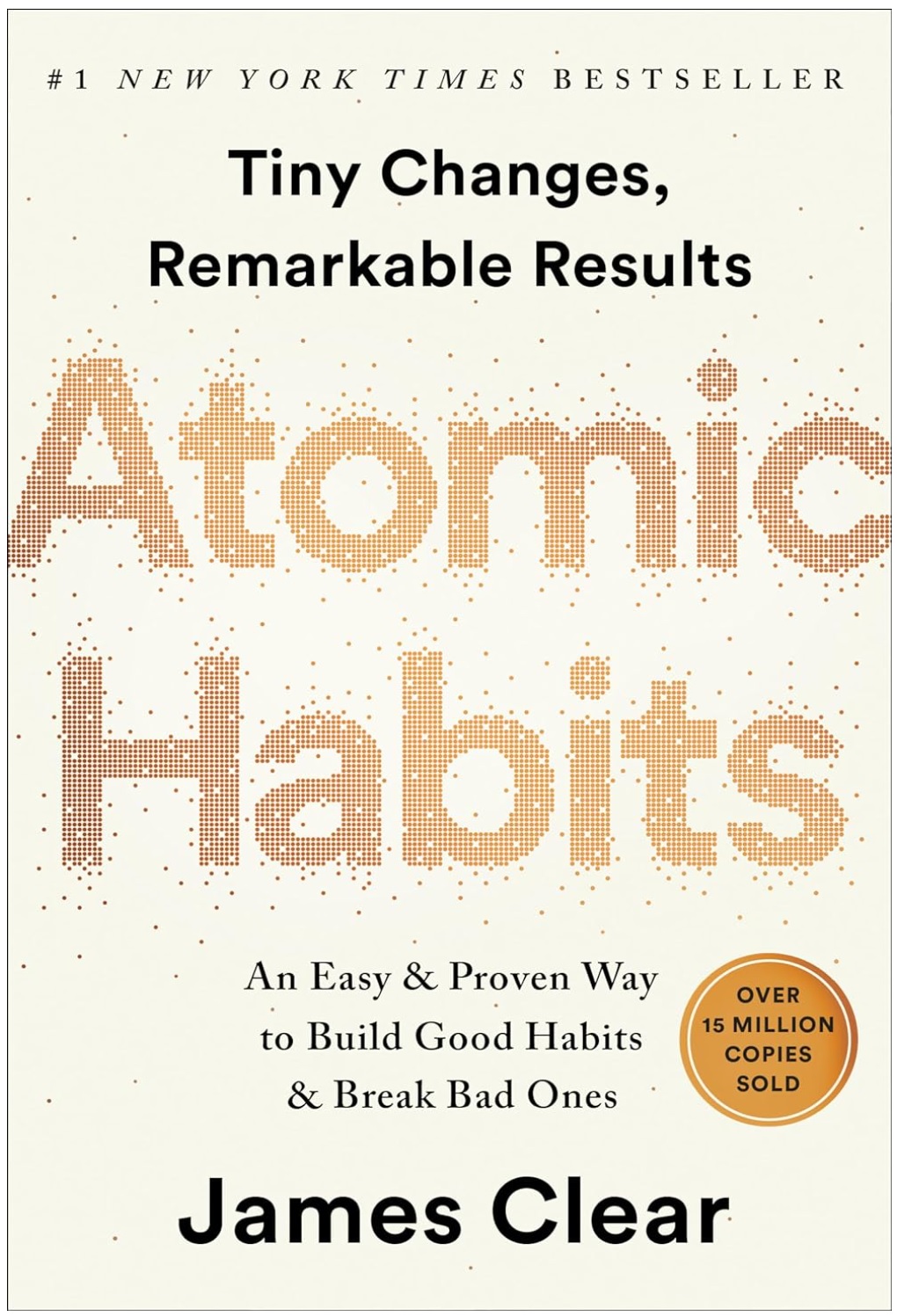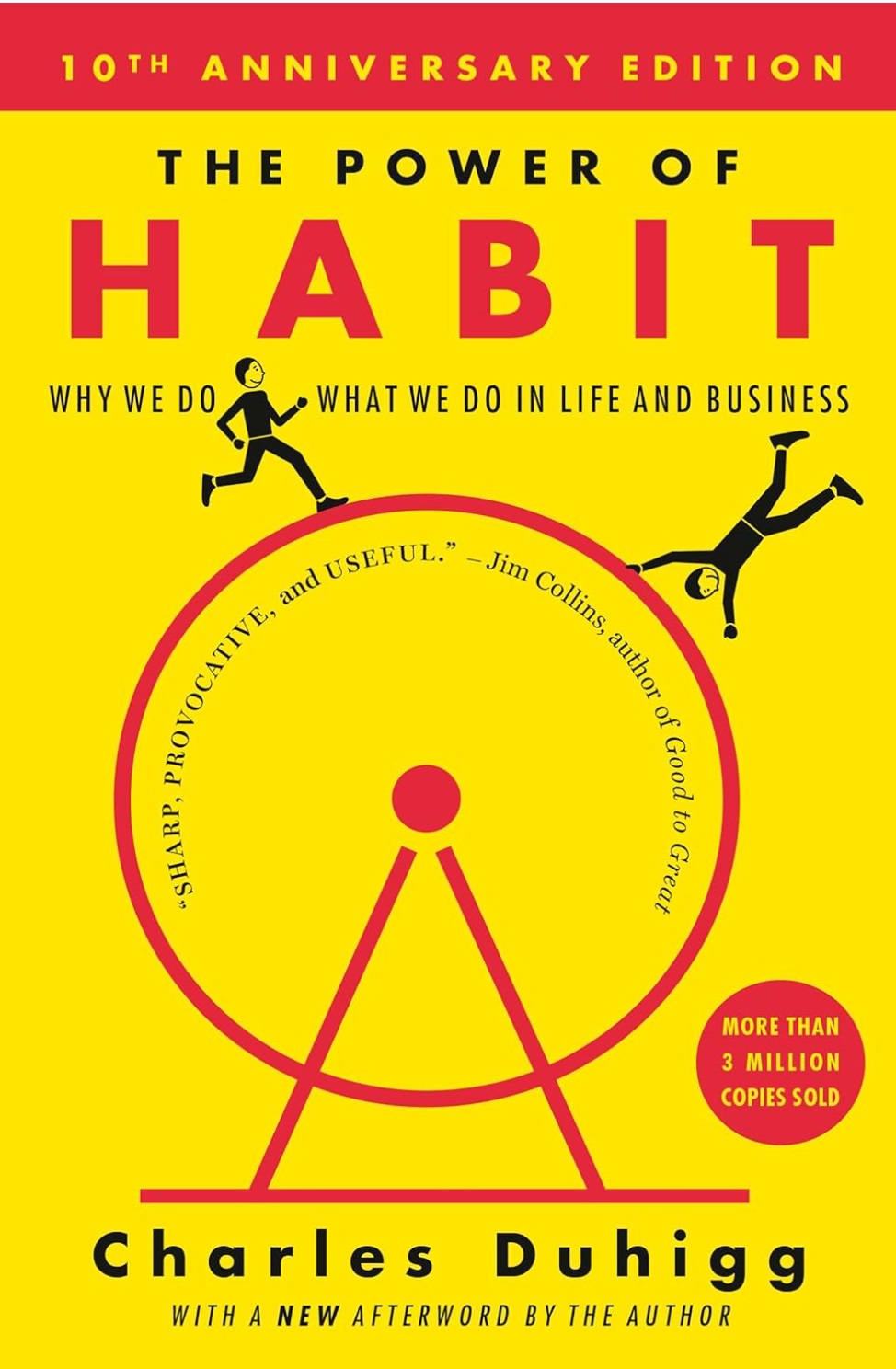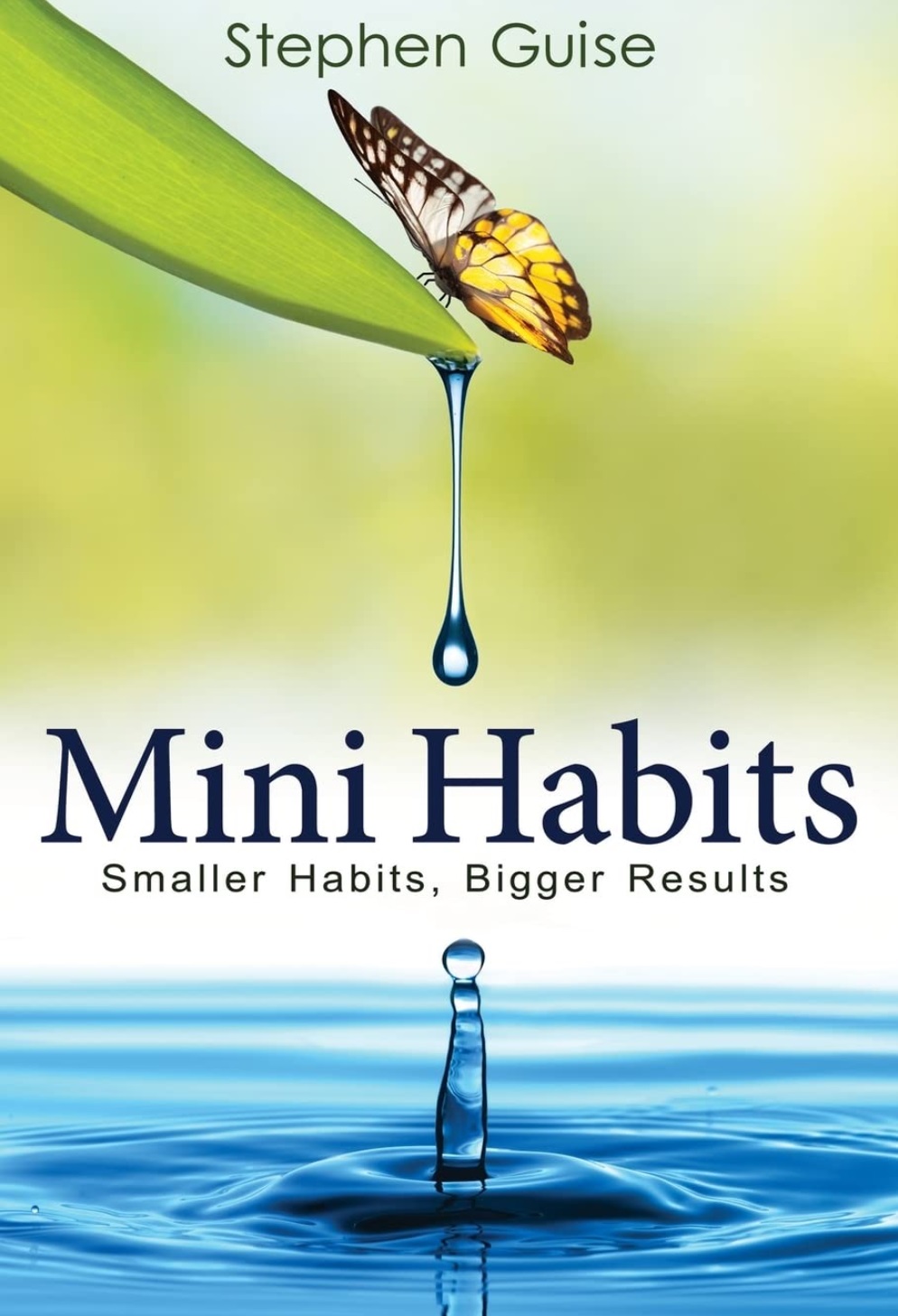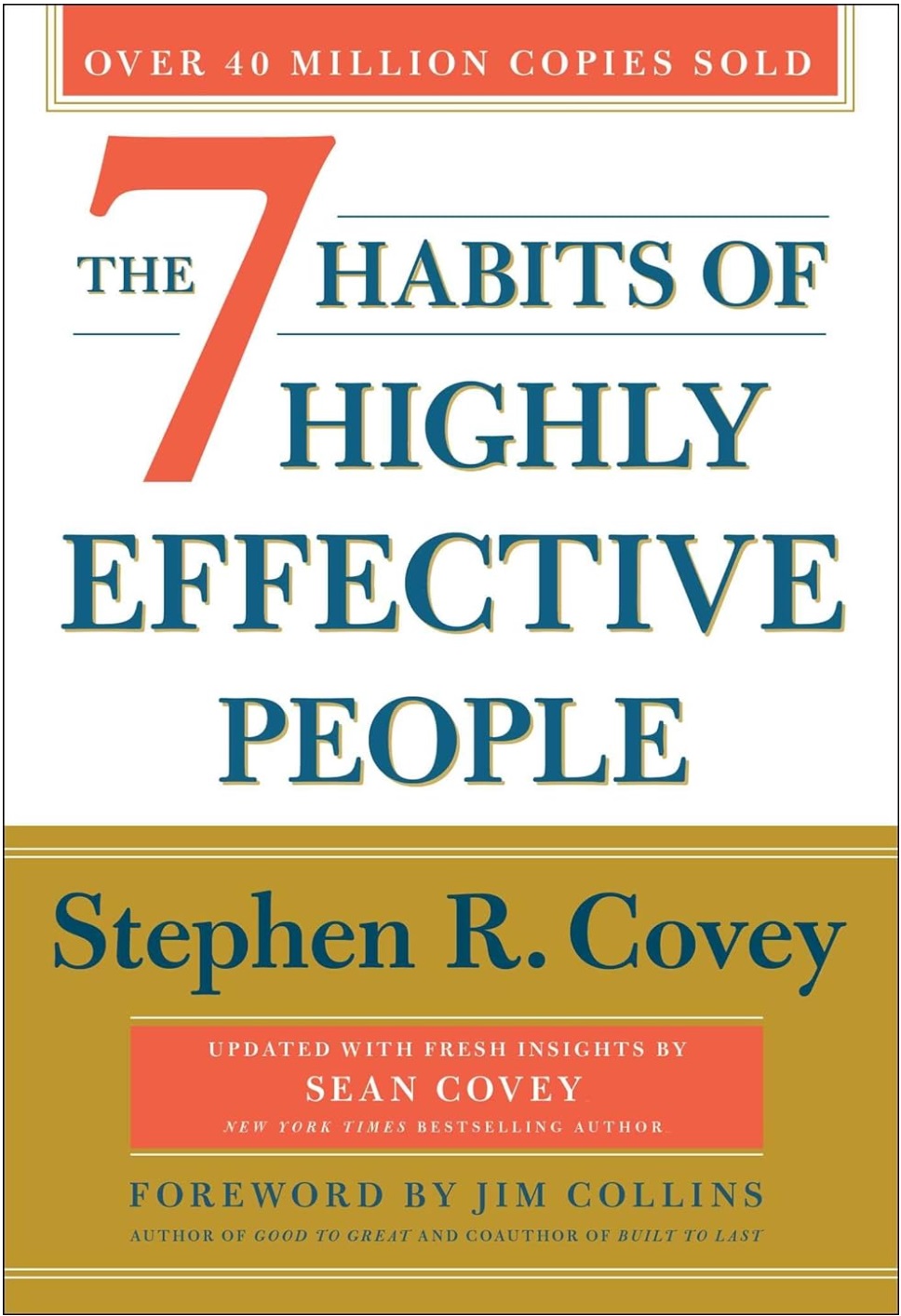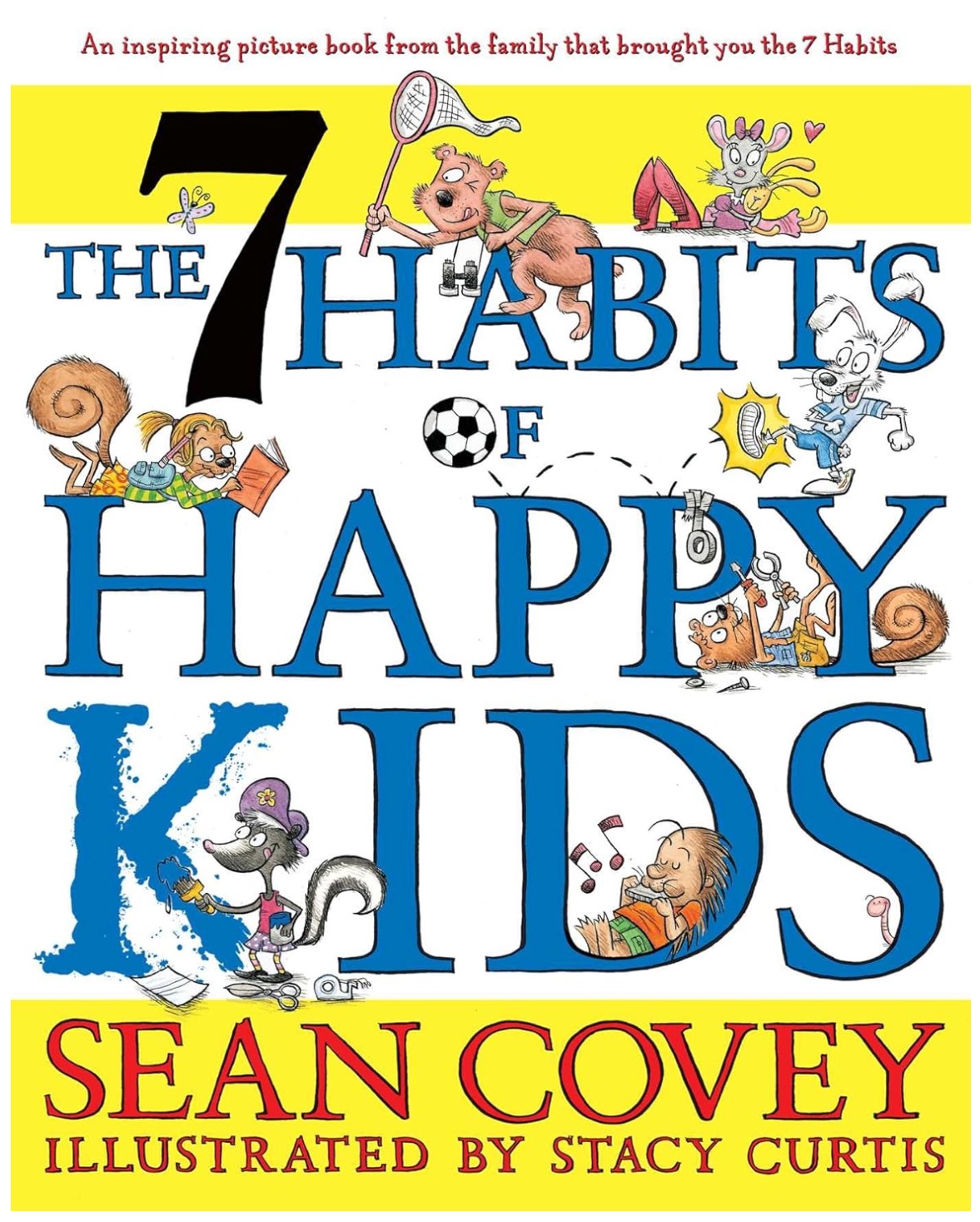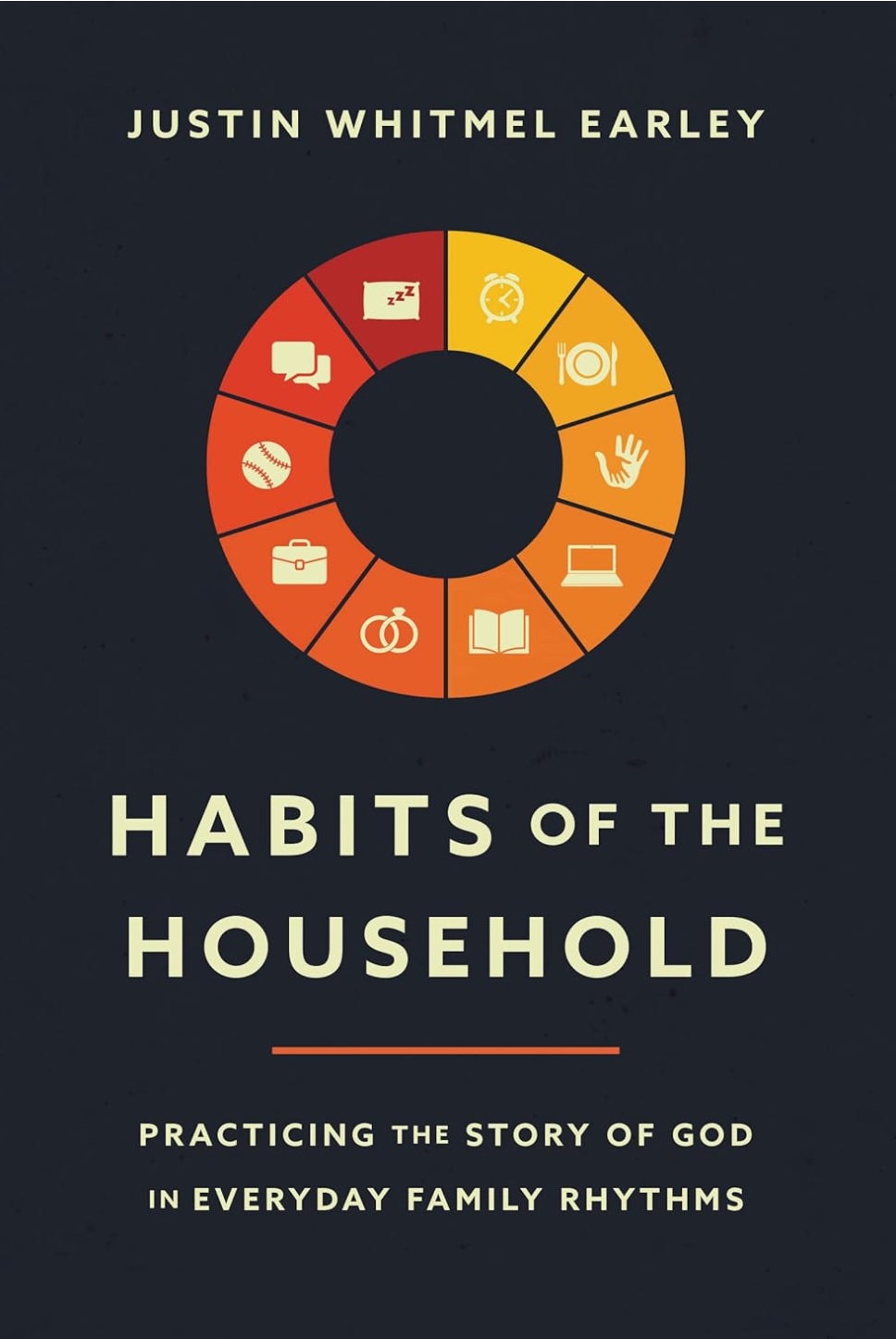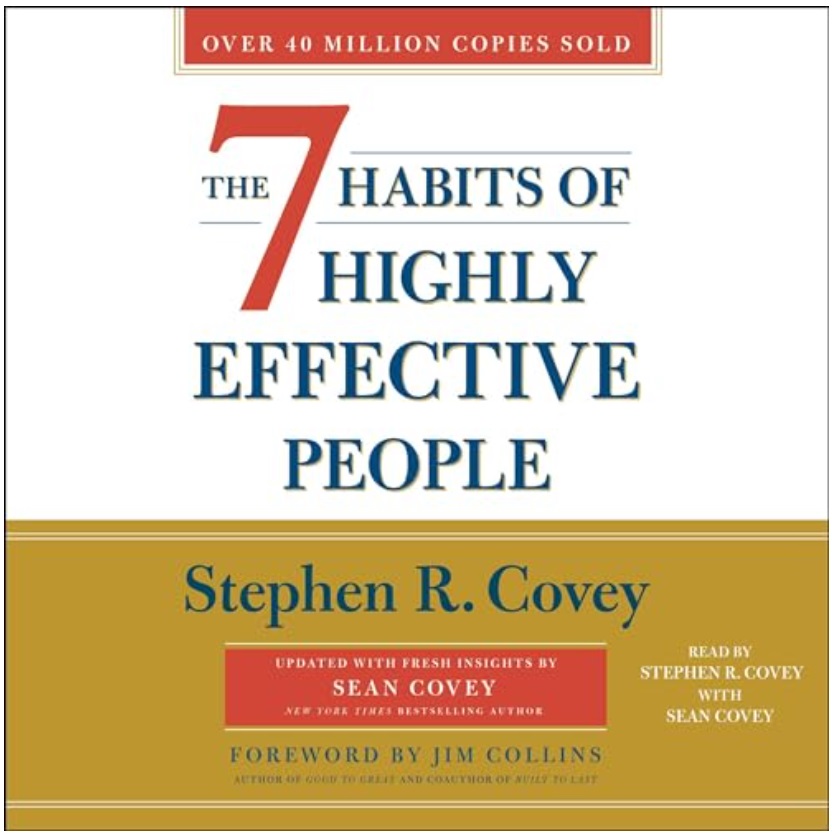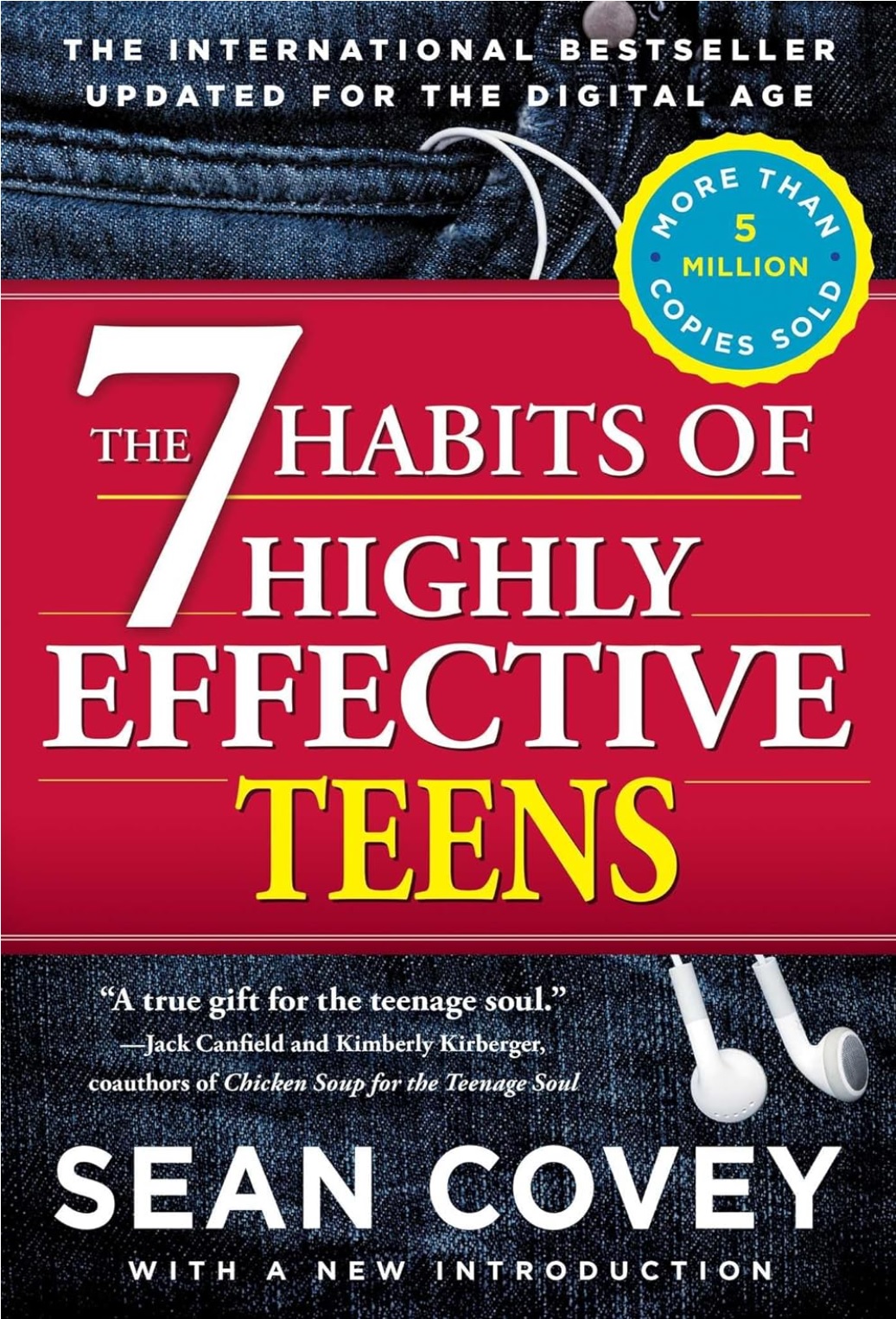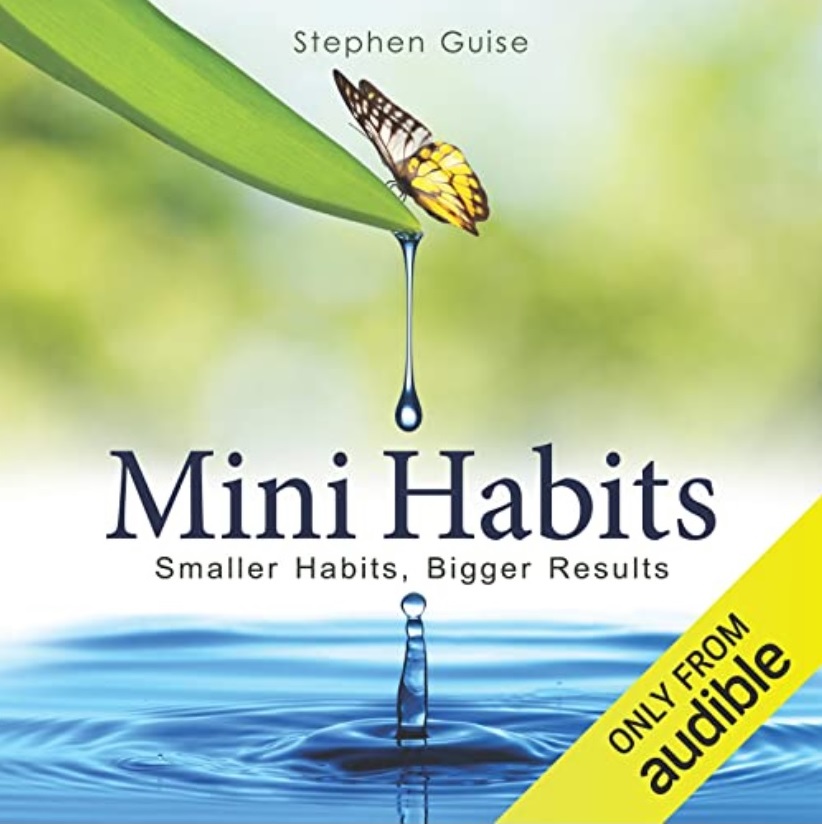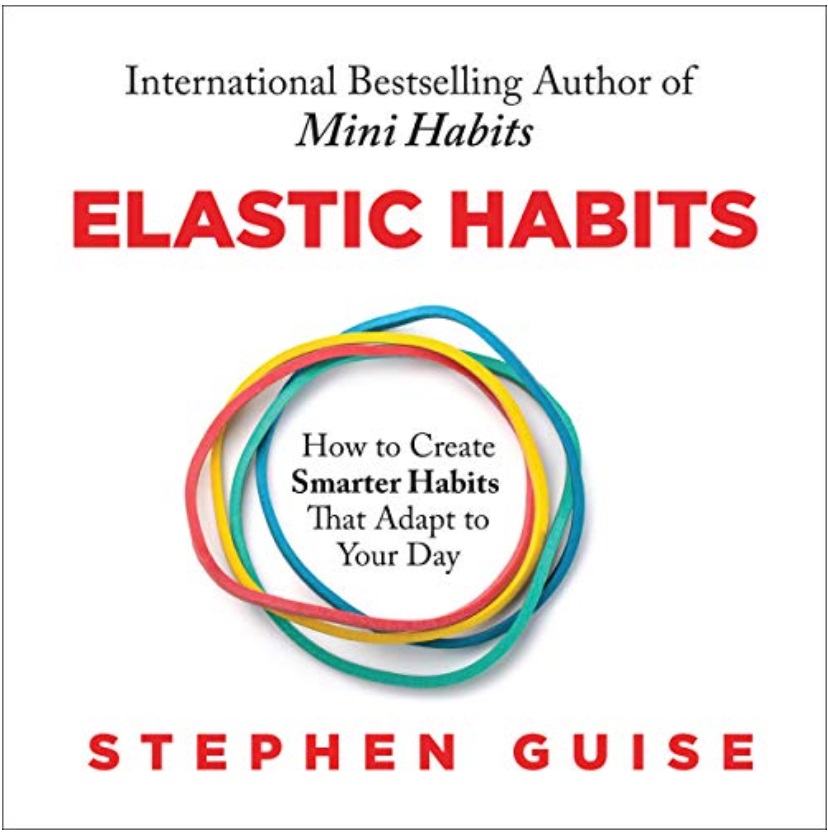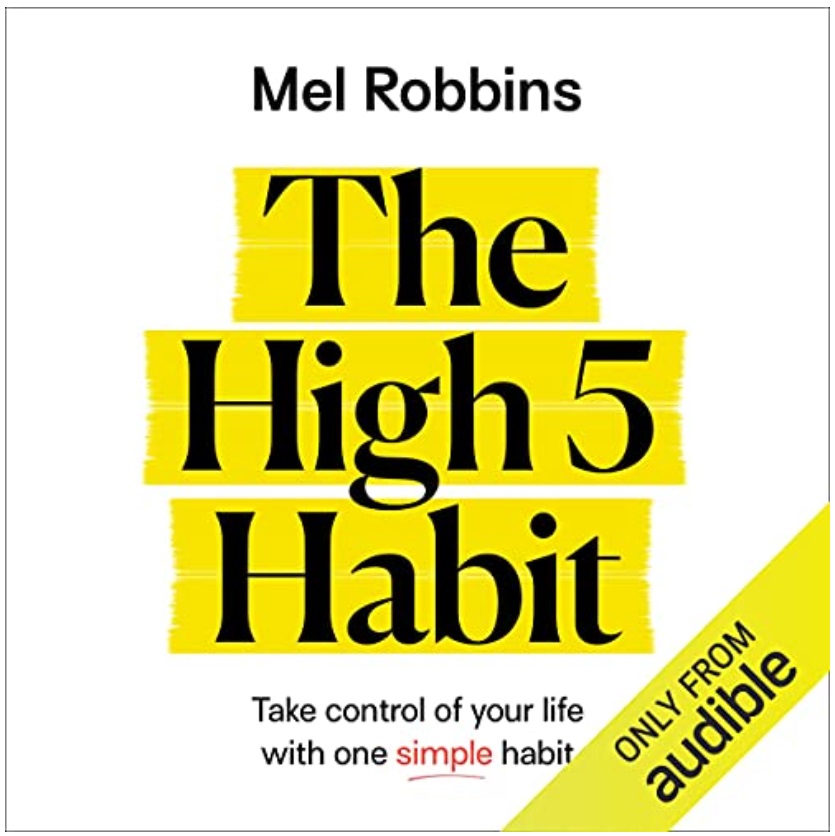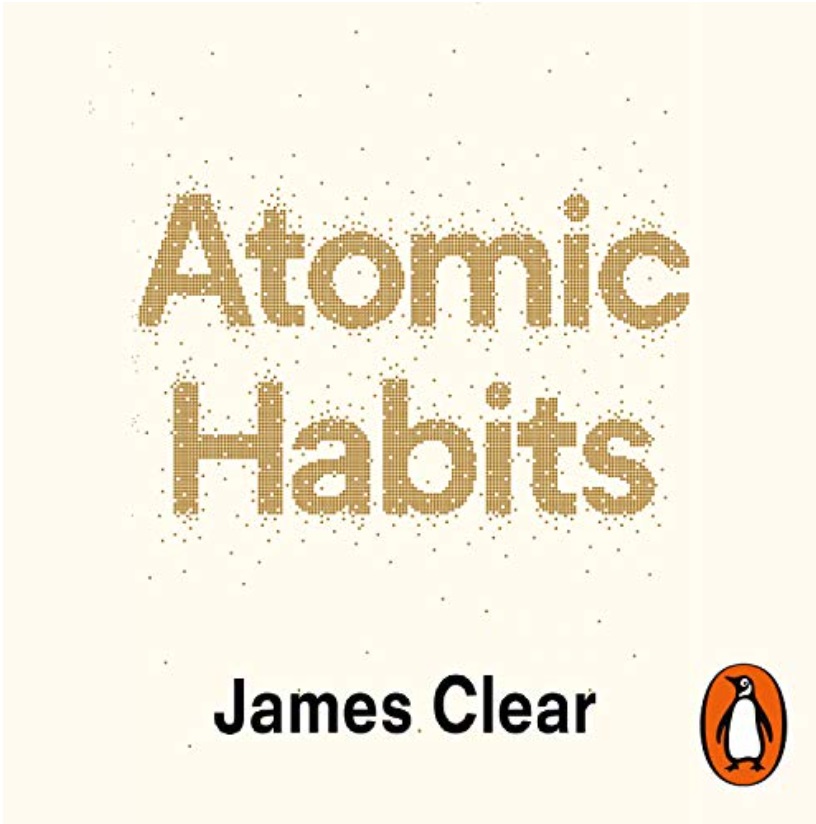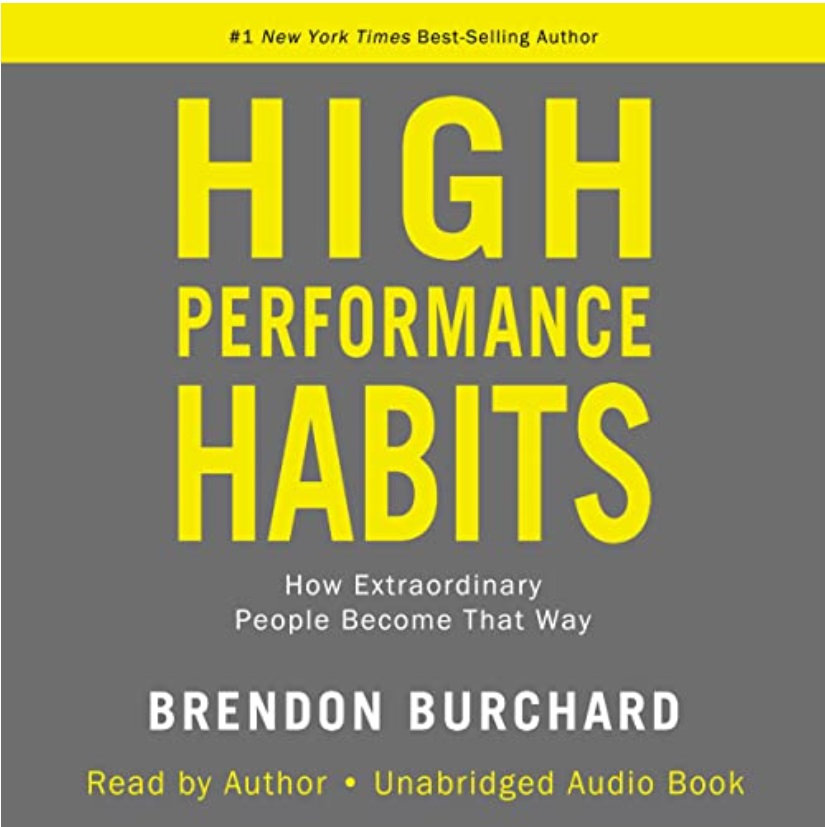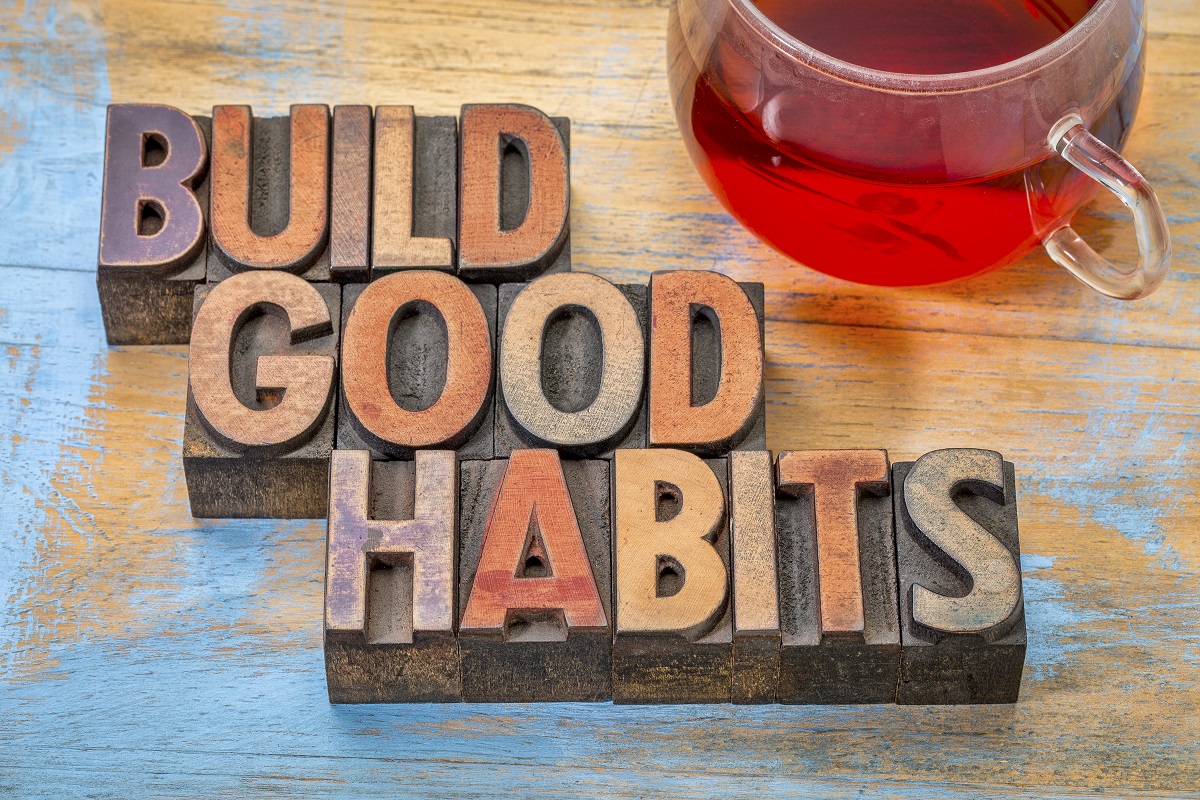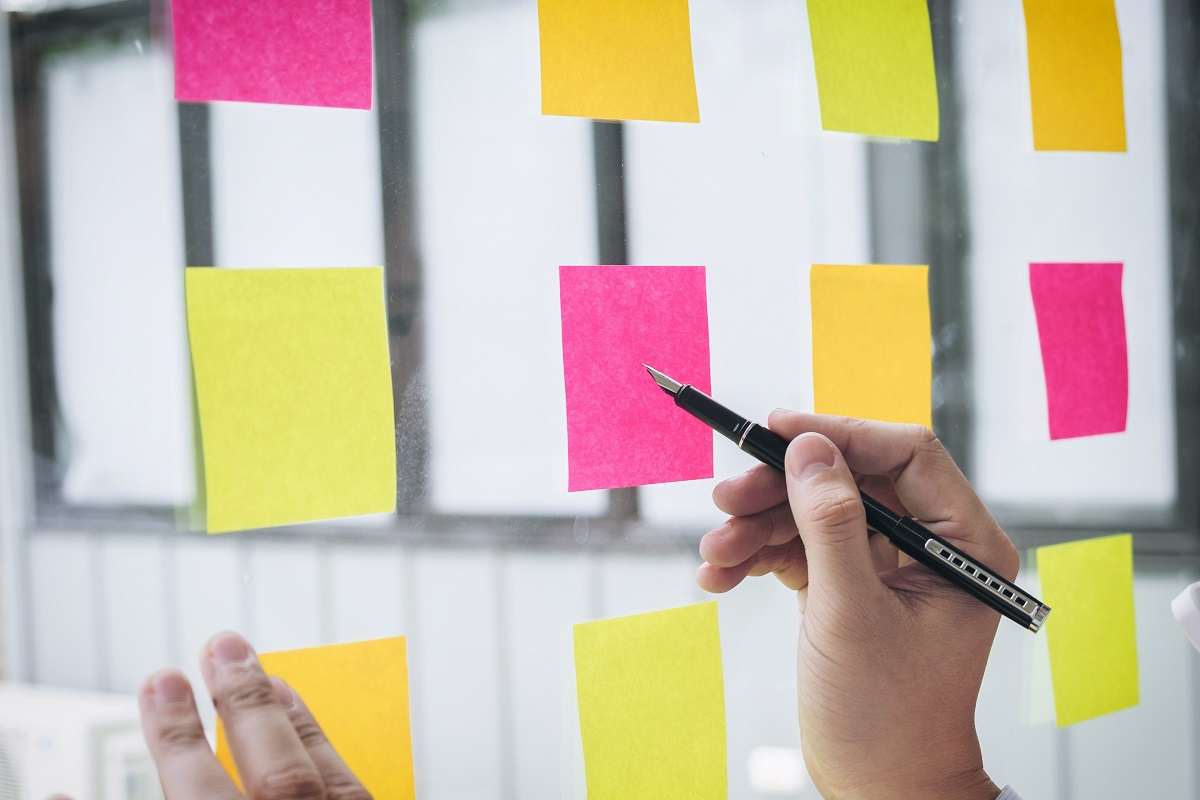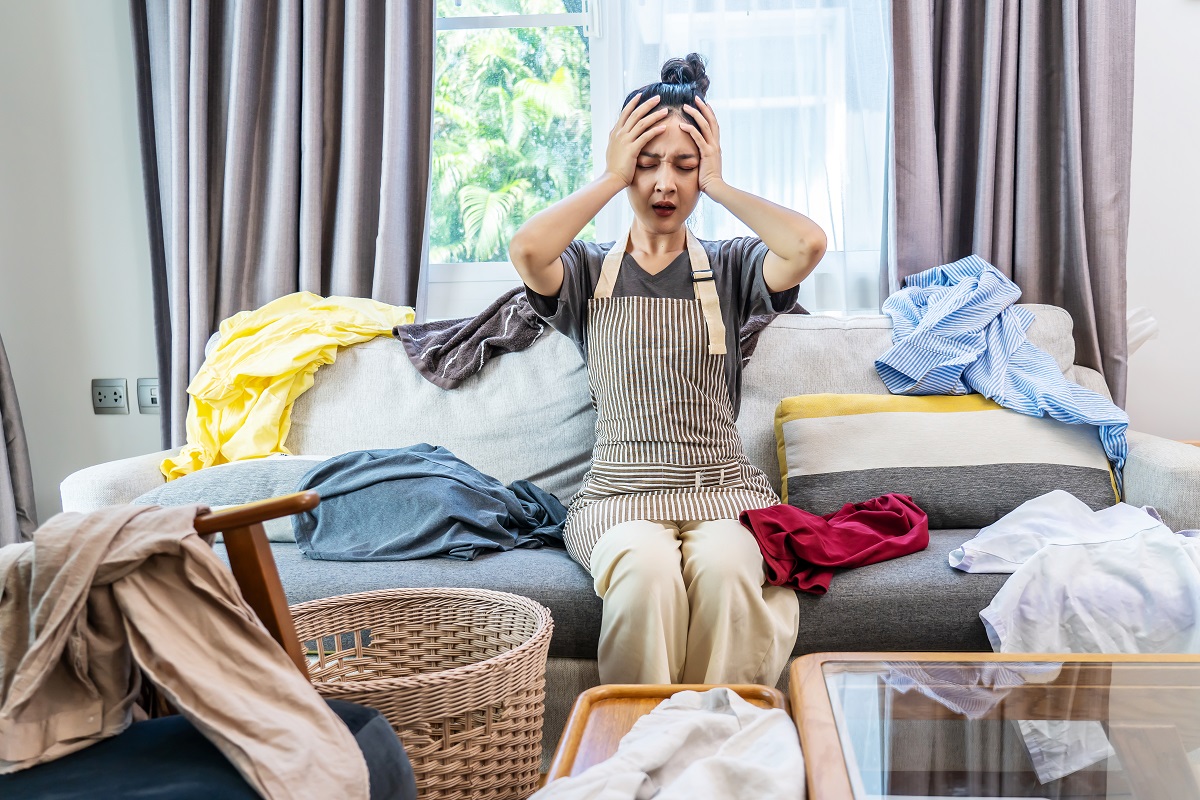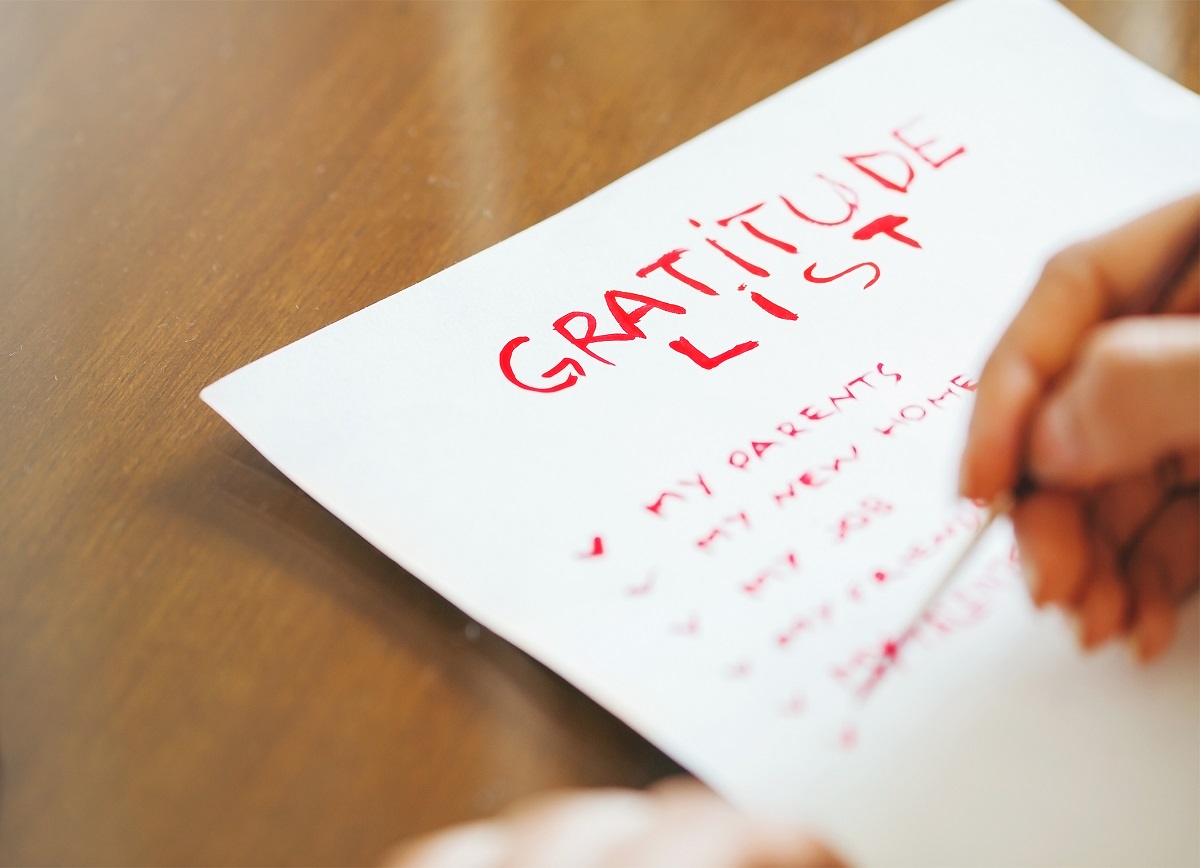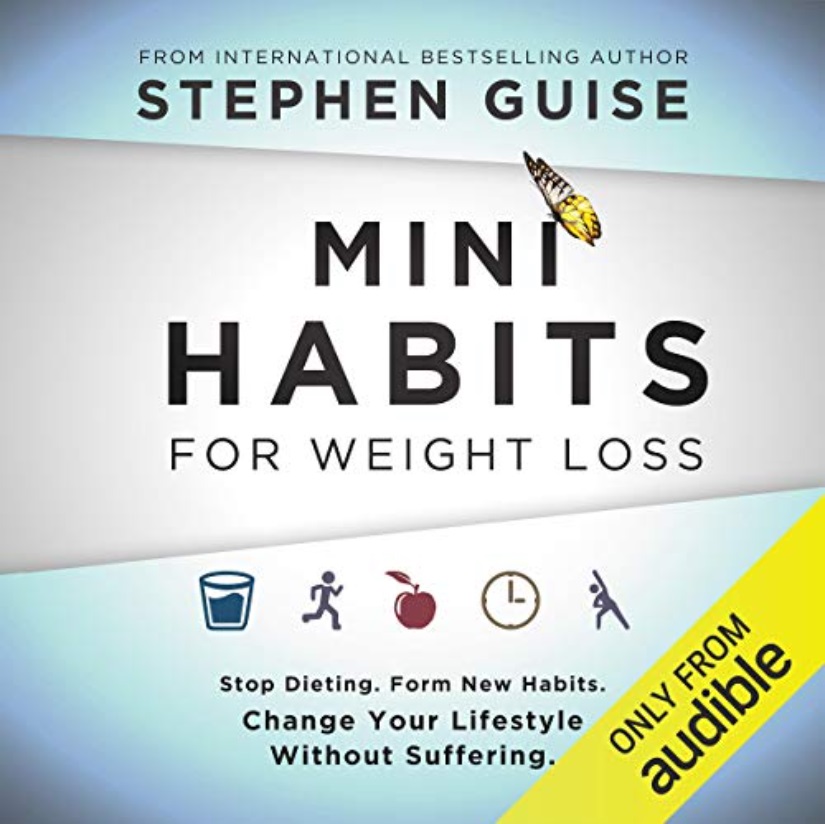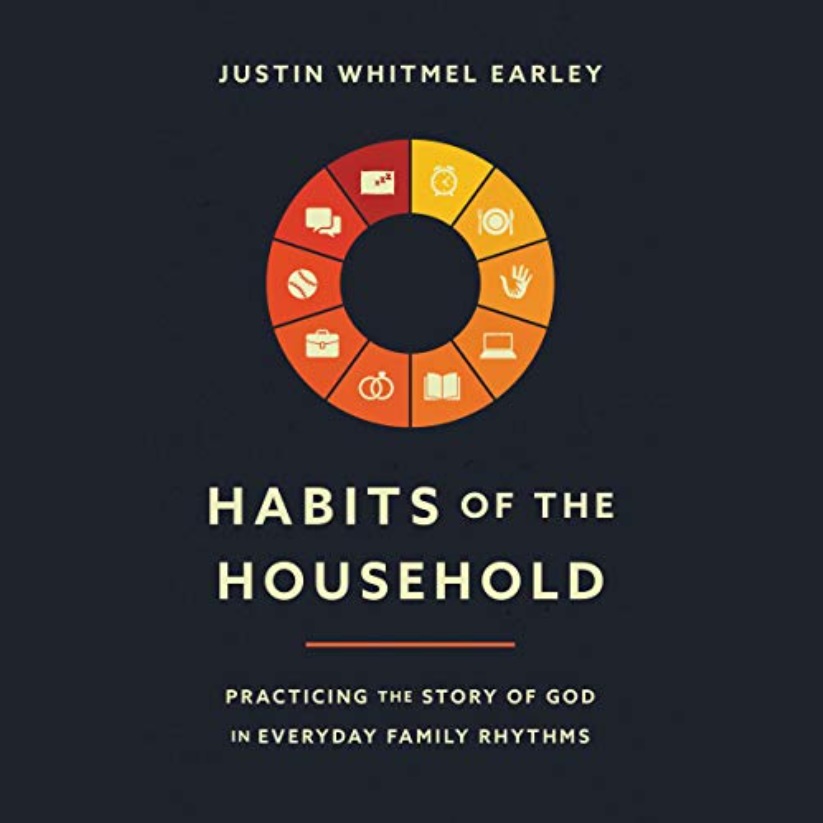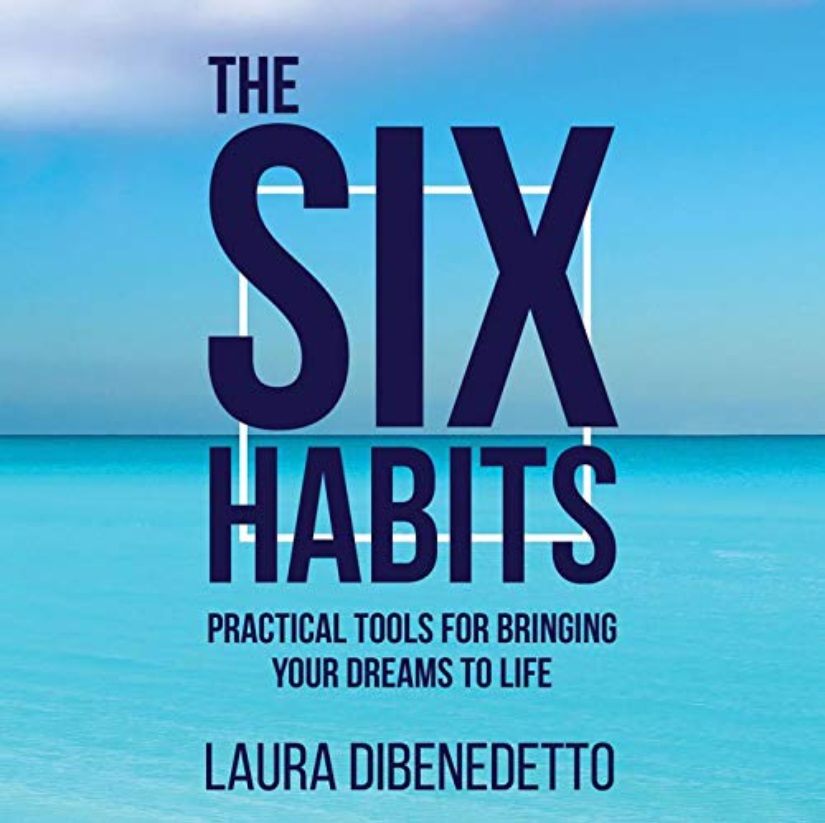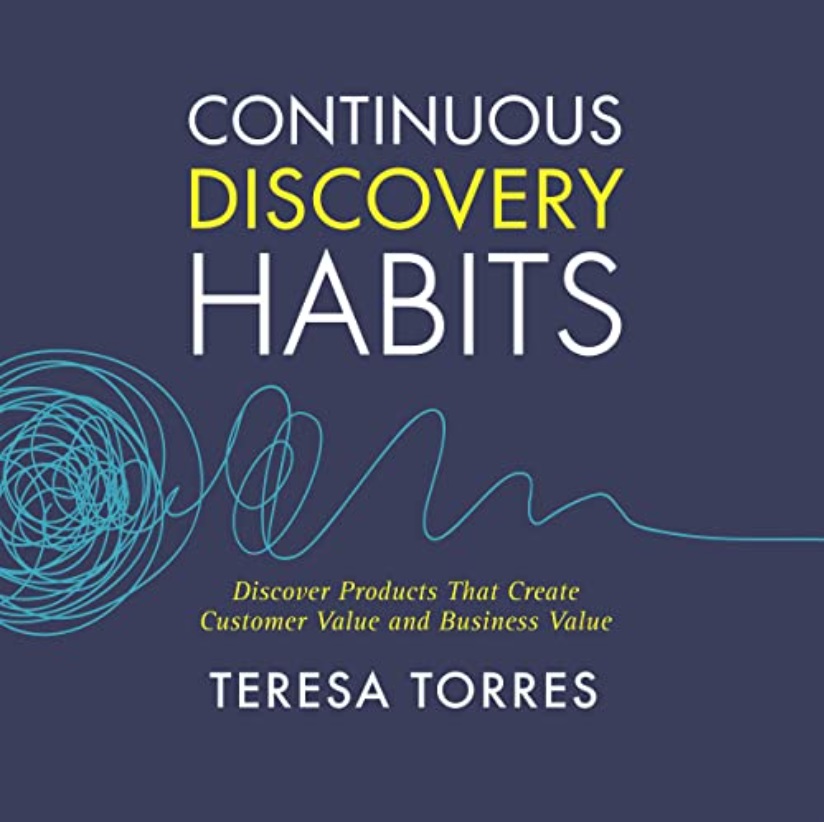- KEY POINTS
- Streamline Digital Use: Embrace mindful habits to reduce digital distractions and foster a calmer mind.
- Declutter Online Space: Organize and minimize unnecessary apps, emails, and notifications for clarity.
- Focus on Purpose: Prioritize meaningful connections and purposeful tech use to balance life.
Table of Contents
ToggleIntroduction
Have you ever felt overwhelmed by the constant buzz of notifications, endless emails, or the sheer volume of digital clutter in your life? I’ve been there. At one point, I couldn’t go a single hour without checking my phone, scrolling through social media, or responding to emails that could have waited. It left me feeling stressed, distracted, and mentally exhausted.
That’s when I discovered digital minimalism. This approach isn’t about ditching technology entirely—it’s about using it intentionally, so it enhances your life instead of controlling it. By simplifying my digital world, I found more focus, clarity, and peace of mind.
In this post, I’ll share practical tips to help you embrace digital minimalism, reduce overwhelm, and create a calmer, more intentional relationship with technology.
Step One: Audit Your Digital Habits
Take Stock of Your Technology Use
The first step toward digital minimalism is understanding how you currently use technology. I started by tracking my screen time for a week using my phone’s built-in features. The results were eye-opening—I was spending hours on apps that didn’t add any real value to my life.
Take a moment to track your digital habits. What apps do you use the most? How much time are you spending online? Awareness is the first step to change.
For more guidance on evaluating your digital usage, revisit 17 Tips to Limit Screen Time.
Identify What Drains Your Energy
Not all digital activities are created equal. Some, like connecting with friends or learning something new, can be energizing. Others, like mindless scrolling or endless notifications, can be draining. I made a list of activities that left me feeling drained and began cutting back on them.
Reflective Question: What digital habits leave you feeling drained, and which ones bring you joy or value?
Step Two: Declutter Your Digital Spaces
Simplify Your Devices
My phone used to be cluttered with apps I rarely used. I started decluttering by deleting unnecessary apps and organizing the rest into folders. Now, my home screen only shows the essentials, making it easier to focus on what matters.
For more tips on organizing your devices, check out Declutter Your Digital Life for More Clarity.
Clean Up Your Inbox
Email is another area where digital clutter can build up quickly. I unsubscribed from newsletters I no longer read, created filters to organize incoming messages, and set aside specific times to check my inbox. This simple habit has saved me hours each week.
Tidy Your Social Media Feeds
Your social media feed should inspire and uplift you, not overwhelm you. I unfollowed accounts that no longer resonated with me and focused on curating a feed that aligned with my goals and values. For ideas on creating a mindful social media experience, explore Mindful Social Media Use for Better Well-Being.
Action Item: Spend 10 minutes today decluttering one aspect of your digital life—whether it’s your phone, email, or social media accounts.
Step Three: Set Boundaries with Technology
Define Your Digital Purpose
Why do you use technology? For me, it’s to stay connected, learn, and be productive. But I realized much of my time online wasn’t serving those purposes. By defining my digital goals, I started using technology more intentionally.
Create Tech-Free Zones
One of the best changes I made was designating tech-free zones in my home, like the dining room and bedroom. This simple boundary helped me be more present during meals and unwind more effectively at night. If you’re unsure where to start, revisit Create a Balanced Screen-Free Evening Routine.
Schedule Time for Technology
Instead of being constantly available, I now set specific times to check my phone and respond to messages. This gave me the freedom to focus on more meaningful activities during the day.
Reflective Question: What’s one boundary you could set with technology to create more balance in your life?
Step Four: Prioritize Intentional Digital Use
Use Technology for What Truly Matters
Digital minimalism doesn’t mean avoiding technology altogether—it means using it in ways that align with your values. For me, this meant focusing on tools and apps that supported my goals, like productivity, learning, and staying connected with loved ones. I also started limiting entertainment apps to designated times, so they didn’t dominate my day.
Take a moment to reflect on what matters most to you and how technology can support those priorities. For more inspiration, revisit Digital Minimalism Tips for a Calmer Mind.
Turn Off Non-Essential Notifications
One of the most freeing steps I took was turning off notifications for all but the most important apps. No more constant pings drawing my attention away from the present moment. Now, I decide when to engage with technology, not the other way around.
Consolidate Your Tools
I used to juggle multiple apps that served similar purposes—different to-do lists, note-taking apps, and messaging platforms. Consolidating these into one or two reliable tools reduced decision fatigue and simplified my workflow.
Action Item: Choose one area of your digital life—like notifications, apps, or tools—to streamline this week.
Step Five: Schedule Regular Digital Detoxes
Start Small with Daily Breaks
Daily digital detoxes can be as simple as setting aside 30 minutes to step away from screens. I use this time to meditate, take a walk, or engage in hobbies like reading and journaling. These short breaks help me recharge and feel more focused when I return to work.
If you’re new to digital detoxing, check out 30-Minute Daily Digital Detox Routine for actionable steps to get started.
Plan Tech-Free Days
Once a week, I commit to a full day of unplugging. I turn off my devices and spend the day connecting with family, exploring nature, or working on creative projects. These tech-free days have become a highlight of my week and a reminder of how fulfilling life can be without constant digital distractions.
Create Evening Detox Routines
Evenings are a perfect time to step away from screens and focus on rest and relaxation. I’ve established a screen-free hour before bed to help me unwind. During this time, I’ll read, stretch, or journal. If you’re looking for ideas to improve your evenings, revisit Create a Balanced Screen-Free Evening Routine.
Reflective Question: How could integrating short or long digital detoxes into your routine improve your mental clarity and well-being?
Step Six: Cultivate a Calmer Digital Mindset
Practice Mindfulness When Online
I used to mindlessly scroll through social media, consuming whatever appeared on my feed. Now, I engage with intention—choosing content that inspires or educates me. I also set a timer to limit my time online, which helps me stay present and avoid the scrolling trap.
Focus on Quality Over Quantity
Whether it’s the number of apps on your phone or the accounts you follow, less is often more. I unfollowed accounts that didn’t add value to my life and now focus on quality connections and meaningful interactions. For more tips on curating your online presence, explore Curate Your Online Presence in 5 Easy Steps.
Reflect on Your Progress
Digital minimalism is a journey, not a destination. I take time every month to reflect on what’s working and what needs adjustment. This practice keeps me accountable and ensures I’m staying aligned with my values.
Reflective Question: How can you practice mindfulness and reflection to maintain a calmer digital mindset?
Step Seven: Build Long-Term Habits for Digital Minimalism
Integrate Digital Minimalism into Your Daily Routine
Consistency is key to making digital minimalism a lasting habit. I’ve found that integrating small, intentional practices into my day helps me stay on track. For example, I start my mornings by checking only essential notifications and end my evenings with a screen-free wind-down routine. These simple habits create a sense of balance and control.
If you’re looking for ideas on building daily habits, revisit Simple Habits to Reduce Digital Distractions, where I share practical steps for staying focused and intentional.
Set Monthly Digital Goals
Each month, I set a specific digital minimalism goal. One month, I focused on decluttering my inbox; another month, I worked on limiting my social media use. Setting clear, achievable goals helps me make consistent progress without feeling overwhelmed.
Surround Yourself with Supportive Tools and People
Having tools and a community that support your digital minimalism journey can make all the difference. I use habit-tracking apps to monitor my progress and regularly share my goals with friends who are also interested in reducing their digital distractions. This accountability keeps me motivated.
Reflective Question: What’s one small habit or goal you could commit to this month to simplify your digital life?
Step Eight: Benefits of Digital Minimalism
Improved Mental Clarity
One of the first benefits I noticed was a clearer mind. With fewer distractions and a more intentional relationship with technology, I feel more present in my daily life. Tasks that used to feel overwhelming are now easier to manage because my focus isn’t constantly divided.
For more insights on achieving mental clarity, explore Declutter Your Digital Life for More Clarity.
More Meaningful Connections
By reducing time spent on screens, I’ve deepened my relationships with family and friends. Instead of texting or scrolling through social media, I prioritize face-to-face interactions or thoughtful phone calls. This shift has strengthened my connections and brought more joy to my life.
Greater Peace of Mind
Digital minimalism has also brought a sense of calm and balance to my days. By stepping away from the constant noise of notifications and endless content, I’ve created space for relaxation, creativity, and personal growth.
Reflective Question: How has—or could—digital minimalism improve your focus, relationships, or overall peace of mind?
Step Nine: Maintain Flexibility and Growth
Adapt to Life Changes
Digital minimalism isn’t a one-size-fits-all solution, and your needs may change over time. For example, during a particularly busy season at work, I adjusted my routines to allow for slightly more screen time in the evenings. Flexibility ensures that digital minimalism remains sustainable and supportive.
Reassess Your Relationship with Technology
Every few months, I take time to reflect on my digital habits. What’s working? What isn’t? This regular check-in helps me stay aligned with my values and adjust as needed. For guidance on reflecting and reassessing, visit The Comprehensive Guide to Mastering Digital Mindfulness.
Celebrate Your Progress
Don’t forget to acknowledge how far you’ve come! Whether it’s celebrating a week of successful digital detoxes or noticing the improved quality of your relationships, taking time to appreciate your efforts can motivate you to keep going.
Reflective Question: How can you remain flexible and mindful as you continue your journey with digital minimalism?
Conclusion
Digital minimalism isn’t about perfection—it’s about progress. By auditing your habits, decluttering your digital spaces, and setting clear boundaries, you can create a calmer, more intentional relationship with technology.
Start small. Pick one area of your digital life—whether it’s your phone, email, or social media—and take one actionable step today. For example, try a 30-minute digital detox or declutter your home screen. For more inspiration and actionable steps, revisit Digital Minimalism Tips for a Calmer Mind and 17 Tips to Limit Screen Time.
For ongoing strategies to improve your digital habits, explore Mindful Social Media Use for Better Well-Being or How to Stop Mindless Scrolling at Night. Each intentional choice you make brings you closer to a life filled with focus, peace, and clarity.
You’ve got this—embrace digital minimalism today and discover the freedom of a calmer mind!
References
Blog Post References
- 17 Tips to Limit Screen Time
- Simple Habits to Reduce Digital Distractions
- Curate Your Online Presence in 5 Easy Steps
- 30-Minute Daily Digital Detox Routine
- Declutter Your Digital Life for More Clarity
- Create a Balanced Screen-Free Evening Routine
- Mindful Social Media Use for Better Well-Being
- How to Stop Mindless Scrolling at Night
- The Comprehensive Guide to Mastering Digital Mindfulness


